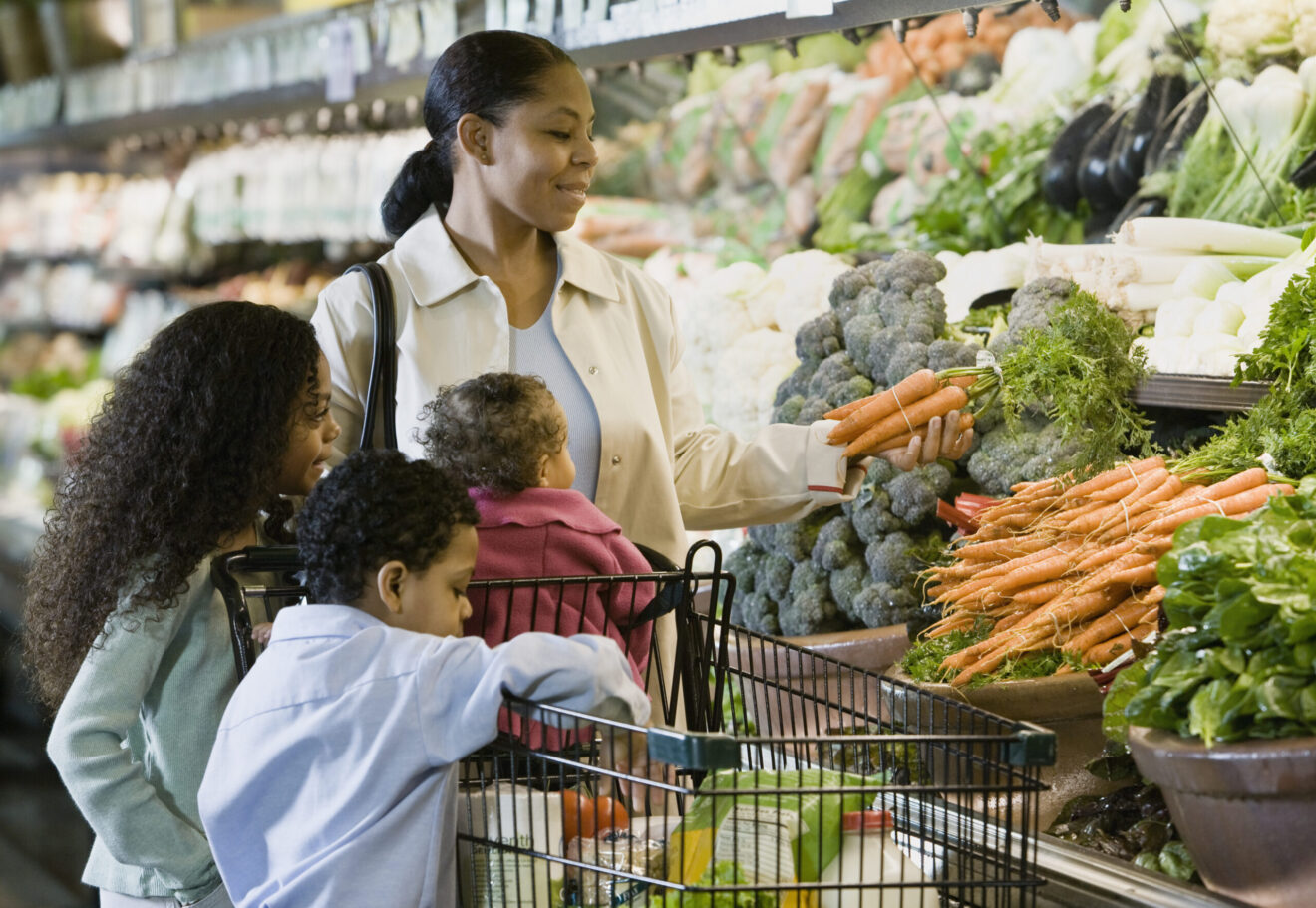Food from groceries has officially overtaken gas as the number one consumer concern when it comes to rising prices. In February, average weekly grocery spending edged out peak-pandemic totals. Food inflation exceeded 10% within the past year. Unfortunately, these stats are all too familiar in the headlines we’ve grown accustomed to seeing in this uncertain economic landscape.
It’s no question that consumers are feeling the squeeze of inflation, especially at food retailers. As consumers navigate these acute pressures, their food choices and grocery shopping habits are notably shifting. Trade-offs are inevitable, but a key theme is emerging from recent research at The Hartman Group: Consumers will do whatever they can to uphold their personal food values and quality standards.
Food choices hold steady
First, let’s set the record straight: consumers are quite unwilling to change what they eat, even in inflationary times. Specific food choices are closely tied to perceptions of personal health and well-being, making them harder to give up. Regardless, inflation impacts wellness for many. The Hartman Group’s Health & Wellness 2023 study found that 40% of consumers have had to redefine their wellness priorities and make trade-offs due to rising prices. Since buying fewer groceries usually isn’t an option, consumers would much rather change how or where they shop than the foods they buy.
Sourcing gets creative
Rather than giving up specific foods or quality distinctions they care about, like certified organic, fresh produce, or fresh meats, consumers are leaning toward deal-seeking. Buying more store brands, relying more heavily on loyalty programs, or even limiting themselves to shopping sales are common ways consumers are offsetting higher prices while supporting their food priorities. This points to a growing interest in — and opportunity for — private-label products, even if inflation slows. As consumers become more aware of these high-quality offerings at lower price points, we may see more permanent purchasing behavior.
Budgets balance in other areas
While consumers hunt for value among the grocery aisles, they are also grappling with ways to preserve their health and quality of life in other areas. Many are still maintaining essential expenses like gas, child care, medical care and housing — even if it costs more. So, consumers continue to look for low-hanging fruit when it comes to their other spending habits. They’re grocery shopping less frequently to save on gas, prioritizing home cooking over eating out (even if that means a higher grocery bill), or ditching gym memberships for outdoor exercise or free online classes.
Finances can have a profound impact on health in terms of the choices we must make, not to mention the stress and anxiety resulting from tight budgets or having to work extra to make ends meet. But Americans are clearly motivated to find new ways to honor their values in a budget-conscious way. And while these changes in behavior may spell even greater competition within and across channels, companies have an opportunity — and responsibility — to meet the evolving food-sourcing needs of the curious, value-oriented consumer amid inflation.
As CEO of The Hartman Group, Laurie Demeritt drives the vision, strategy, operations and results-oriented culture for the company’s associates as The Hartman Group furthers its offerings of tactical thinking, consumer and market intelligence, cultural competency and innovative intellectual capital to a global marketplace.
Read more like this from SmartBrief:
- What is driving candy and snack purchases?
- The reasons why CPG brands are returning to retail
- Health and wellness: 4 trends for our times
_____________________________________
If you liked this article, sign up for SmartBrief’s free email newsletter from the Consumer Brands Association. It’s among SmartBrief’s more than 250 industry-focused newsletters.
